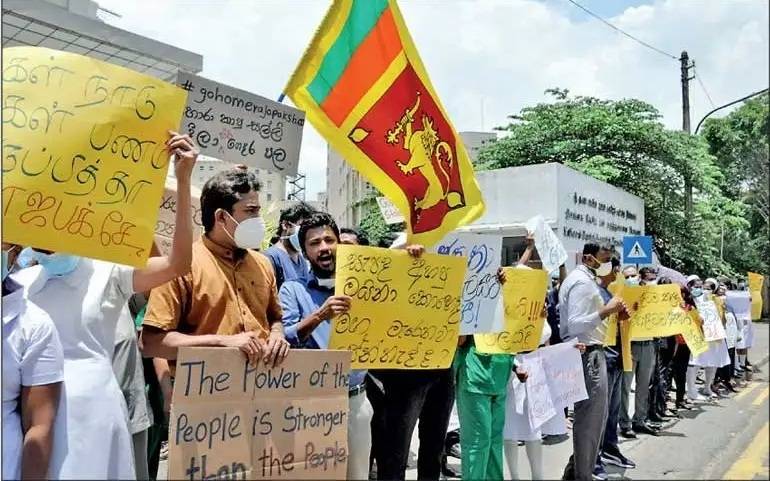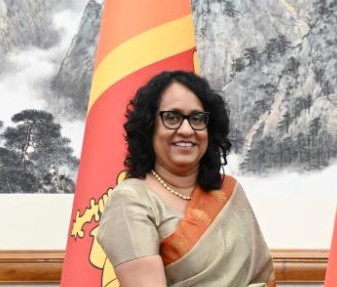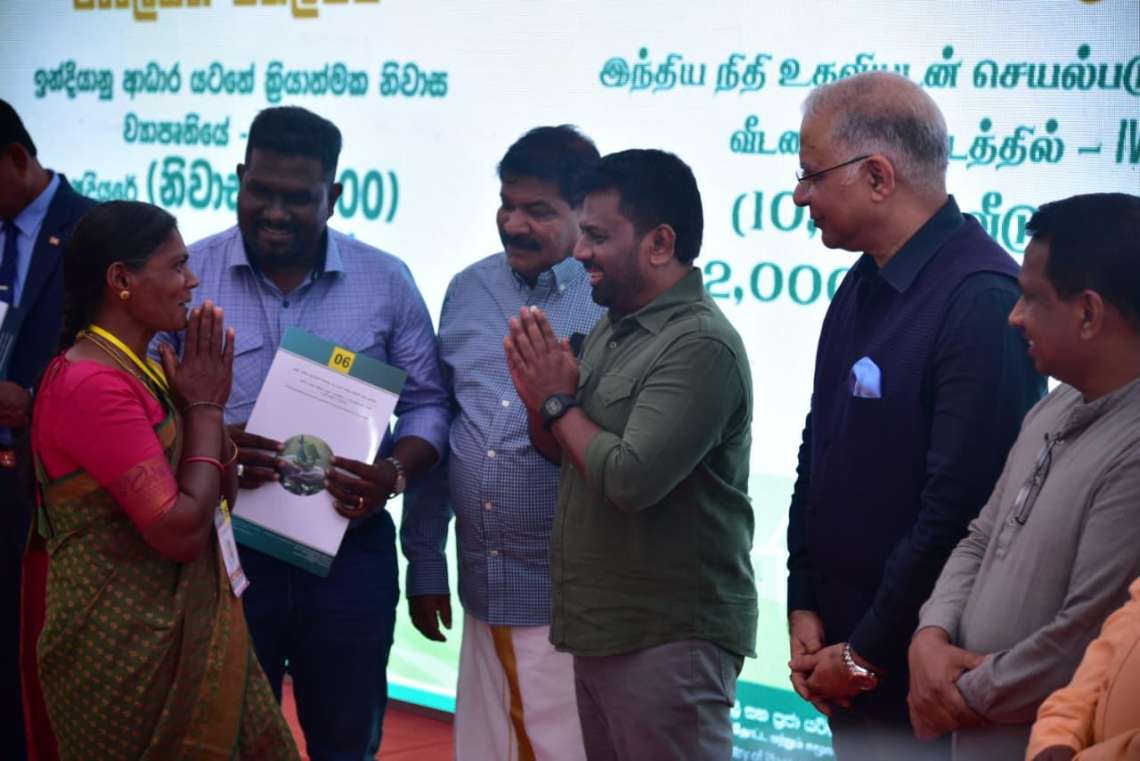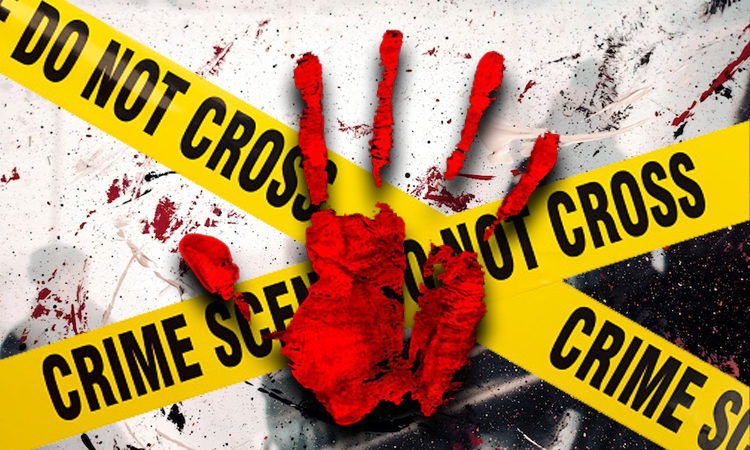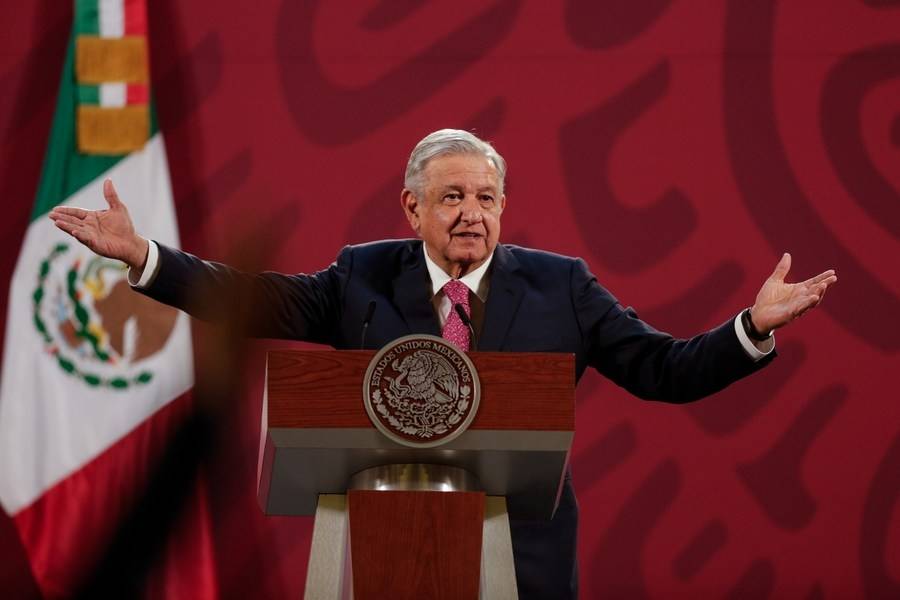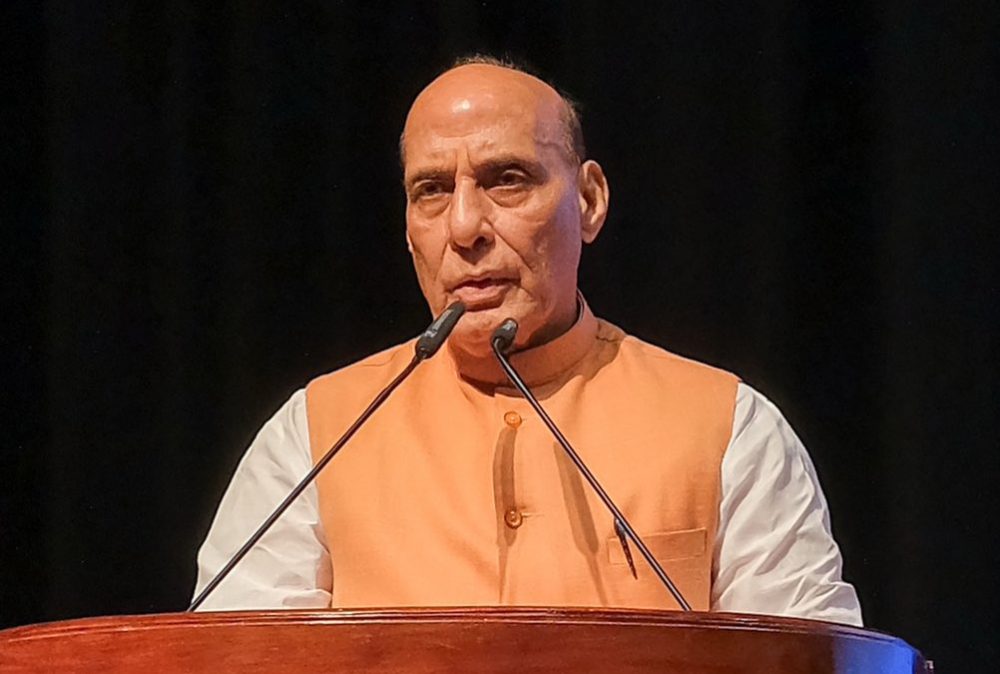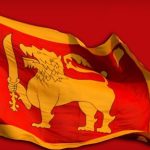At least 20 people have been hospitalised following violent clashes between the police and the protesters, reports Asian Lite News
Demanding the resignation of Gotabaya Rajapaksa, anti-government Sri Lankan protesters on Saturday stormed the President’s House in Colombo braving several police and military barricades and tear gas shells.
Security forces fired teargas and water cannons to disperse the protesters but later withdrew and resorted to firing in the air.
At least 20 people have been hospitalised following violent clashes between the police and the protesters.
Since early Saturday night, there were attempts to disperse the protesters and university students who had occupied the area near the President’s House overnight.
The President’s whereabouts are currently unknown but it is suspected that he is at the heavily-guarded Army headquarters in Battaramulla.
A major people’s protest march to Colombo from around the island for Saturday has been planned by religious leaders, political parties, medical practitioners, university teachers, civil rights activists, farmers, and fishermen on Saturday demanding the resignation of President Rajapaksa and Prime Minister Ranil Wickremesinghe.
On Friday night, authorities enforced an indefinite curfew in entrance areas to Colombo and the Defence Ministry had warned police and military have been empowered to act against those engaging in any form of violence.
Lawyers challenged the declaration of curfew as illegal and announced that people could ignore it.
Since early Saturday, people from all the over the country starting pouring into Colombo in trains and buses, chanting slogans eGota go home’ and eGota a mad man’.
In the wake of the island nation’s worst economic crisis since it gained independence in 1948, people have been protesting since March 31 against President Rajapaksa and his government, asking him to step down.

In the wake of the violent protests, Prime Minister Mahinda Rajapaksa, his brother former Finance Minister Basil Rajapaksa and several other family members who were in the cabinet and parliament resigned.
With no fuel country’s transportation have been stopped completely for two weeks and Indian ocean island is virtually under lockdown.
The island nation of 22 million people has witnessed its foreign exchange reserves shrink due to economic mismanagement and the impact of the Covid-19 pandemic.
As a result it has struggled to pay for imports of essential goods, including fuel, food and medicine.
In May, it defaulted on its debts for the first time in its history after a 30-day grace period to come up with $78 million of unpaid debt interest payments expired.
ALSO READ: Sri Lanka hikes key rates to fight inflation


